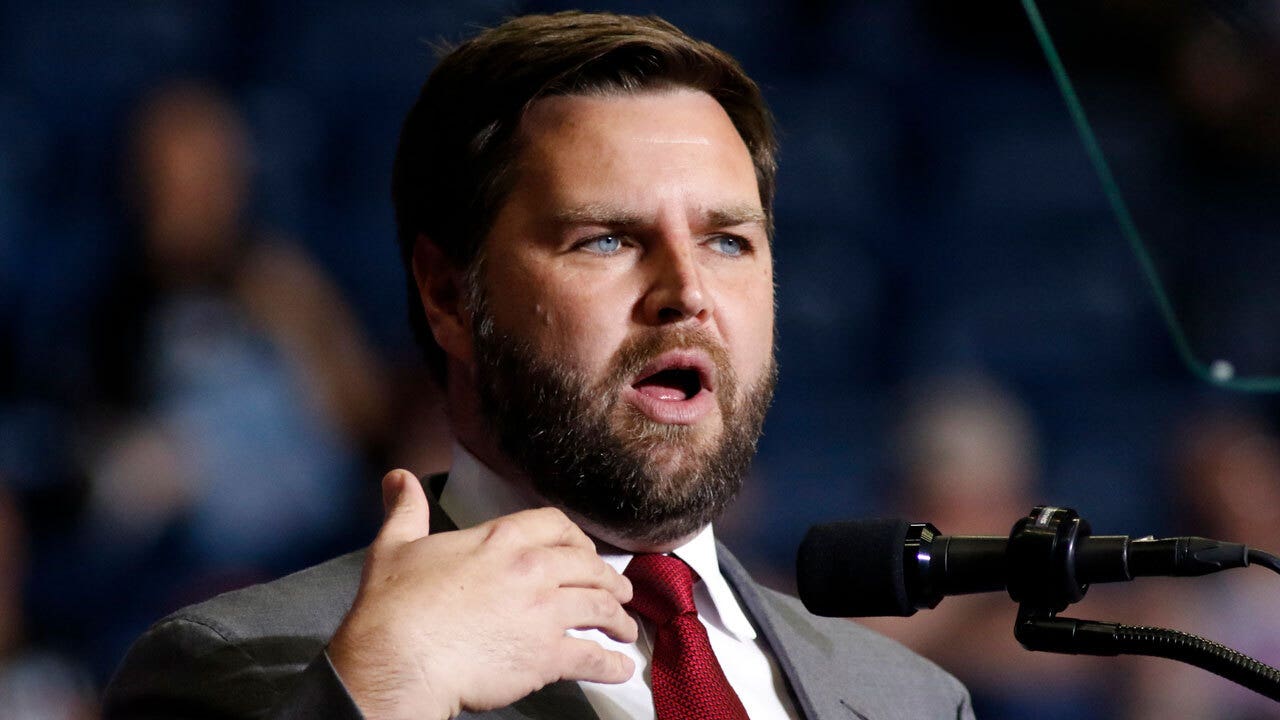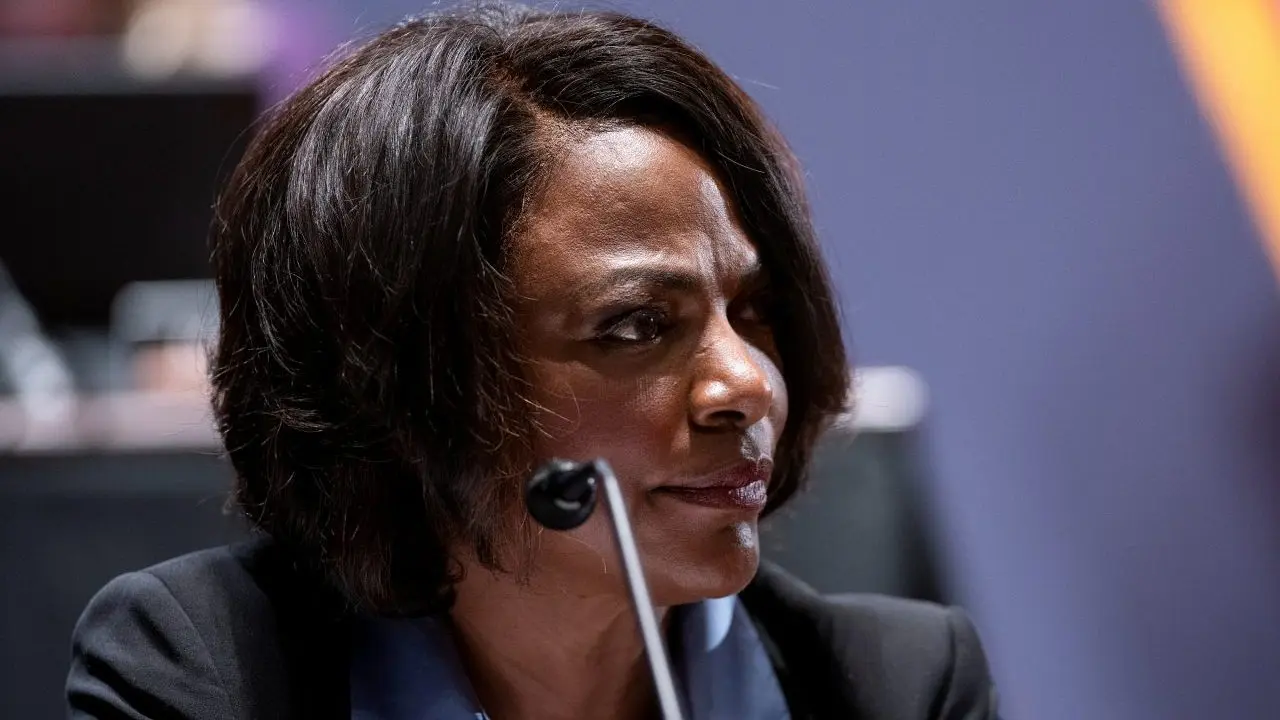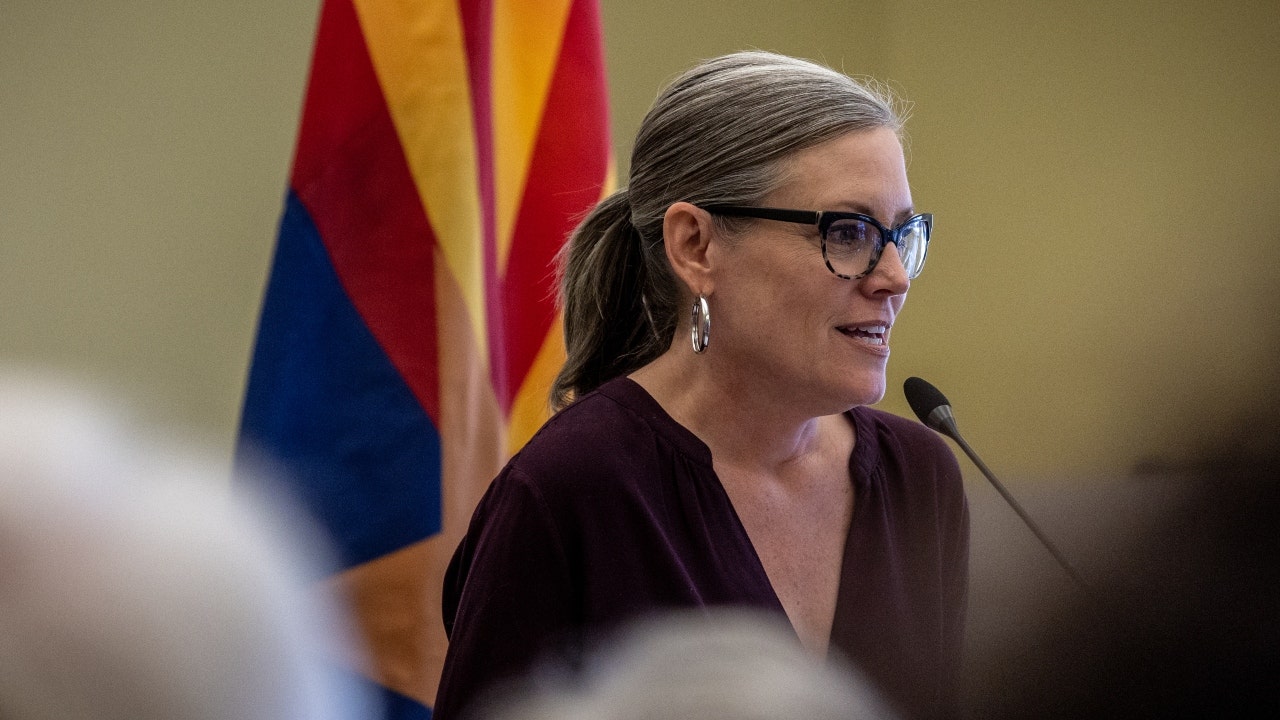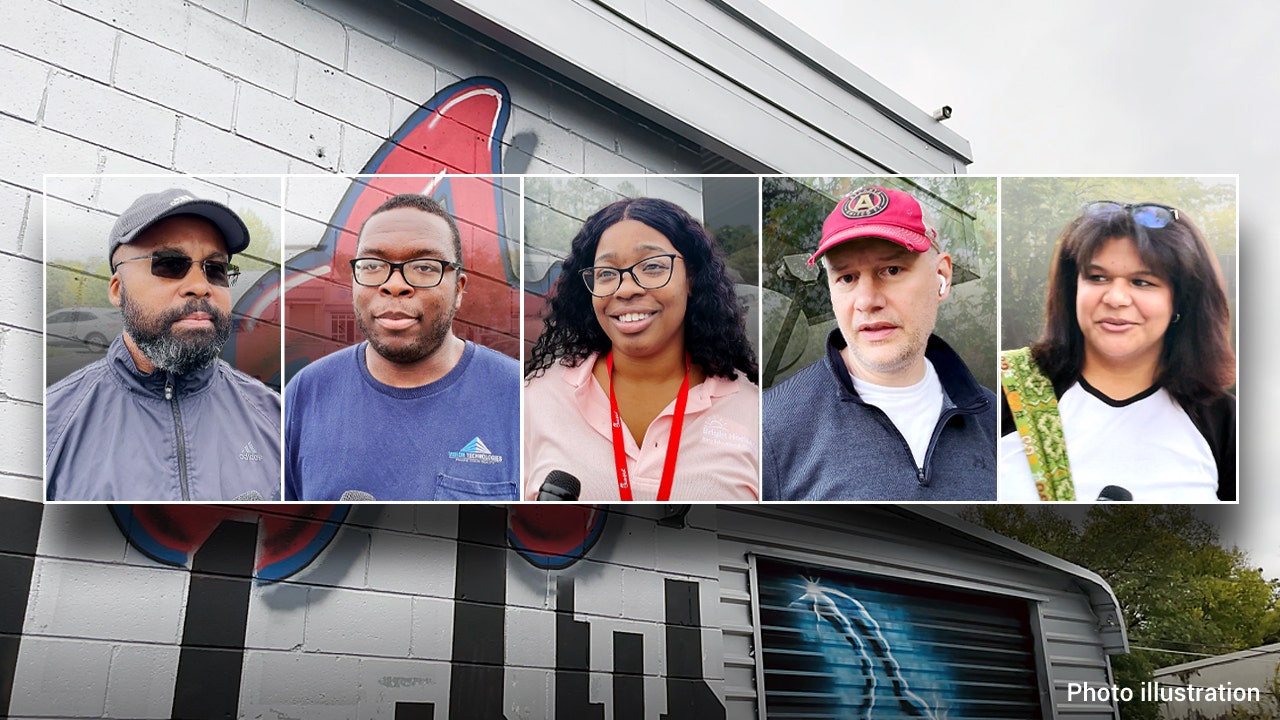Opinion | Donald Trump Is (Still) President of White America
Trump’s election manifested many things, but most significant was how it suddenly laid bare internal divisions among white people. Take Wyoming Congresswoman and committee co-chair Liz Cheney. Cheney’s total expulsion from the Republican fold is the clearest proof yet that it is white supremacy driving the party. Cheney had been wildly popular in her state and a near-total Trump ally. Until the insurrection. Her denouncement of that event wound up being the sole thing that mattered to her once-adoring public; the fact she still represented their very conservative views on abortion, taxes and a slew of other bread-and-butter issues didn’t make a dent. Cheney’s people were voting not policy but identity, something white people have done for years while progressive thinkers like Thomas Frank puzzle over what’s the matter with Kansas.
In Isabel Wilkerson’s 2020 book Caste, Wilkerson describes a conversation between herself and civil rights historian Taylor Branch about the racial struggle that continues to bedevil the country, and how to resolve it. “So the real question would be,” Branch says, “if you asked people to choose between democracy or whiteness, how many would choose whiteness?” Wilkerson says they both “let the question hang in the air, because neither one of us wanted to hazard a guess at that one.”
Nearly three years later we don’t have to guess — roughly 41 percent have chosen the latter, according to FiveThirtyEight’s polling of support for Trump.
White supremacy is meant for all white people, whether they approve of it or not; the culture war spearheaded by Trump is therefore a white problem and has to be cast as such, and fought as such.
But that’s not happening, even in the wake of the midterm defeats. Trump and his ilk have faced little organized resistance to an ecosystem that benefits far too many. For all the anger and disgust with Trumpism there aren’t enough white people speaking forcefully against white supremacy to counter those who are speaking forcefully to it. Joe Biden, for example, has denounced white supremacy, but he was careful to describe it as a fringe ideology unique to MAGA Republicans, not an ecosystem that touches everyone and has become self-sustaining. That reasoning is less than convincing.
Kleinfeld’s report says that the institutional response to rising political violence, especially in the last year as red states have implemented voter suppression laws and seized more state power, has also been weak, chiefly because institutions like the executive and legislative branches of the federal government, as well as courts and law enforcement, are part of the problem. Disputes between the White House and Congress are structurally unresolvable and, when controlled by different parties with sharply different views of how to govern, can actually foment violence. This is a bad sign for the future. Intelligence analyst and counterterrorism expert Malcolm Nance argues that the future is here, and not only that, the window to change course might close sooner than we think. “If the Democrats lose the House and the Senate [in the midterms], then it is all over,” he said earlier this year. “There may never be another free and fair election in America.”
The elections appear to have been worked this time, and the Democrats have kept the Senate. But what happened at the polls is a staving off, not a correction, of a danger that still feels imminent.
The white people in the Trump opposition seem to be at a loss. But that’s exactly the problem — that for so many white people in the public sphere this moment feels so offensive, so unprecedented. It shouldn’t. Authoritarianism and violent repression were a way of life in this country for Black Americans for a hundred years during the Jim Crow era, and for hundreds of years before that. Political analyst Steve Phillips, author of “How We Win the Civil War: Securing a Multiracial Democracy and Ending White Supremacy for Good,” says the central question of whether white supremacy will hold or yield to a multiracial society started with the Civil War and never went away. Philips argues the fight now is not against the 41 percent who’ve chosen whiteness, it’s getting other white people to understand the nature of the fight, and the fact that it involves choice at all. Those white people include Democrats, a party with its own whiteness problem. “Democrats have no cultural competence,” Phillips says. “They suffer from implicit bias, and ignorance.” Meaning that while the party lauds diversity and justice, and now features Black people and people of color in the ranks of top leadership, it has always been loath to tackle white supremacy head-on.
Phillips’ hope hinges on a diverse group of Americans rejecting Trumpist culture in a vocal and outspoken way that that includes a “meaningful minority” of white people. In actively supporting a multiracial democracy, this group will keep the 41 percent at bay, if not in the margins. There are seeds for this: The white outpouring of outrage over George Floyd in 2020. It was an important moment that many cynics, and believers, have already dismissed as just a moment. But the moment’s demand for meaningful racial change that centers white supremacy as the enemy remains a model for a powerful kind of new politics, where a multiracial coalition of Americans push for equitable change, at the ballot box and in the boardroom.
Earlier this year, Eric Ward, senior adviser of the Western States Center and a career antiracist organizer, noted something interesting in a lengthy piece he wrote for the American Educator: In research conducted by his center, a majority of white peoples polled in Oregon agreed that they must protect European heritage and that white people face discrimination. But an even bigger majority said it would like to see a multiracial society.
It’s a contradiction that doesn’t feel encouraging. But it’s a paradox Ward sees as improbably hopeful.
“The white nationalist movement is very clear about the type of society they want for America,” he writes. “And yet most Americans do not seek that version of the future; even those who agree with some of the movement’s underlying beliefs do not buy into the full white nationalist vision.” Ward asks the million-dollar question: What is the future most Americans want? The Oregon poll suggests that within the cohort of the Trump-averse are white people who aren’t sure they want to do away with the current order that privileges whiteness. Even if they completely disavow it, they may not be then prepared to stick their necks out for a multiracial democracy.
But Ward argues that white people finally owning up to their conflicting racial allegiances, even their hypocrisy, is exactly the progress we need. “Being honest about the appeal of core white nationalist beliefs to many Americans in this moment is a good place to anchor our conversation about what it means to be an American and how we create that America together,” he writes. “Talking about these beliefs tunes into a lot of vulnerability.”




